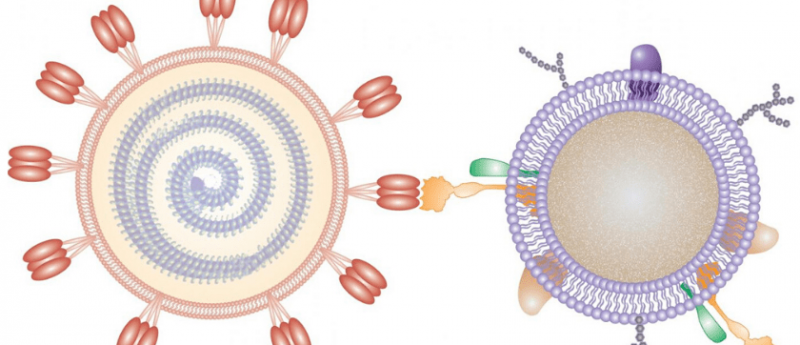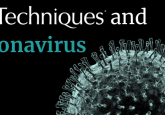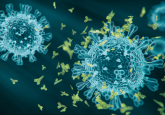Nanosponges could absorb SARS-CoV-2 virus

Nanotechnology is being used to detect, prevent and treat infection by the SARS-CoV-2 virus, mostly by targeting the spike protein that presents on the surface of the virus. Now, researchers from the University of California San Diego have developed a new way to neutralize the SARS-CoV-2 virus using nanosponges.
The nanosponges are made up of nanoparticles with a polymer core coated in either human lung epithelial type II cell or macrophage cell membranes. The nanosponges can attract and neutralize the SARS-CoV-2 virus in cell cultures.
The SARS-CoV-2 virus gains entry to host cells by using the spike protein on the surface to bind to two specific proteins present on the surface of human cells, ACE2 and CD147. Much research has been done into blocking the interactions between these surface proteins to limit infection with the virus. In this latest study, published in Nano Letters, Anthony Griffiths and Liangfang Zhang led their team in creating a nanosponge, which acts as a decoy particle by presenting the natural proteins ACE2 and CD147 that the SARS-CoV-2 spike proteins would be looking to bind with.
“Traditionally, drug developers for infectious diseases dive deep on the details of the pathogen in order to find druggable targets. Our approach is different. We only need to know what the target cells are. And then we aim to protect the targets by creating biomimetic decoys,” explained Zhang, Professor at the University of California San Diego Jacobs School of Engineering.
The team turned to Boston University’s National Emerging Infectious Diseases Laboratories to perform independent tests using live SARS-CoV-2 virus in their level 4 biosafety lab. Different concentrations of each of the nanosponges were tested to show their effectiveness in reducing infection with SARS-CoV-2.
The results showed that both the lung epithelial cell membrane and the macrophage cell membrane covered nanosponges were able to neutralize the virus and prevented it from infecting other cells too.
The nanosponges so far have shown no short-term toxicity in mice and the team hope this means that they can move forward into testing the nanosponges in animal models and eventually progressing to human clinical trials.
“Another interesting aspect of our approach is that even as SARS-CoV-2 mutates, as long as the virus can still invade the cells we are mimicking, our nanosponge approach should still work. I’m not sure this can be said for some of the vaccines and therapeutics that are currently being developed,” commented Zhang.
For further updates regarding the pandemic, visit our dedicated COVID-19 Hub here.
For more nanomedicine updates straight to your inbox, become a member of The Nanomed Zone here.





